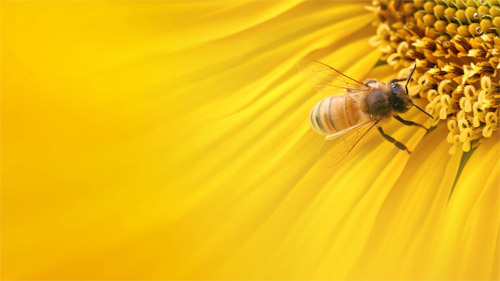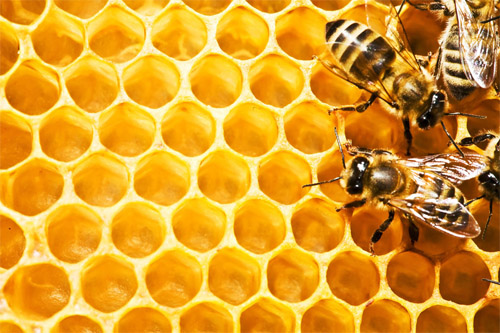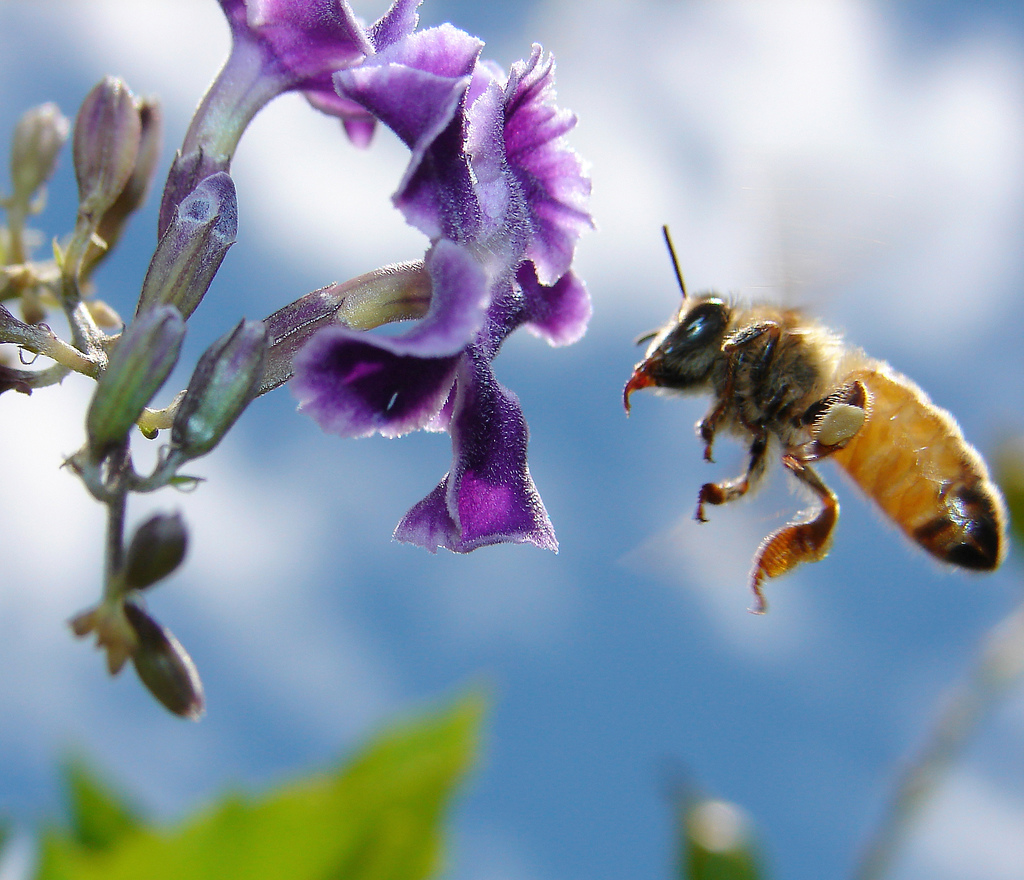The latest research shows that ozone can be used successfully in beekeeping for hive disinfection, disinfection of beekeeping equipment, elimination and prevention of the occurrence of diseases and pests, and to remove pesticide residues from the comb.
Today, beekeepers use a variety of methods of disinfection, but these methods almost always involve use of harmful chemical disinfectants and/or insecticides. Such compositions can be effective to certain types of harmful microorganisms and is often necessary to use a number of different disinfectants to achieve a satisfactory level of disinfection. Unfortunately, in such cases it is difficult to avoid the remnants of chemical disinfectants that remain in the hives. It directly affects the decline in honey bee colonies, but also the quality of honey.
Likewise, when the bees collect pollen, they may be exposed to pesticides that farmers and vegetable growers treat their plants with.


During the research that was done in the U.S., it have found 121 different pesticides and metabolites in beeswax and bee colonies. Most communities include a combination of pesticides (an average of eight pesticides per sample wax), most of which occurs in the hive at low levels (eg. less than 1 ppm). However, little is known about the effects of chronic, low-level exposure to pesticides on bee health. Since bees are insects and are subject to various pesticides (especially insecticides, fungicides and miticidesima), methods to reduce the accumulation of pesticides in the hive are multiple viable. In addition, bee products are used for products intended for human consumption and cosmetics, and prevention of pesticide residues that occur in these products is desirable for beekeepers, especially if the products are declared as “healthy”, “bio” or “eco”.
In order to prevent outbreaks of disease in apiculture beekeepers must work on prevention. There is implied: regularly update the parent, systematically reviewing the hives to detect any health irregularities, disinfecting of materials and equipment, the destruction of infected materials or sources of infection, regular renewal of honeycomb and securing sufficient quantities of pollen and honey in hives.  Ozone as the strongest natural oxidant is particularly suitable for use in disinfecting materials and equipment, and offers protection against bee diseases and pests such as Nosema varoza, American foulbrood, chalkbrood, etc.
Ozone as the strongest natural oxidant is particularly suitable for use in disinfecting materials and equipment, and offers protection against bee diseases and pests such as Nosema varoza, American foulbrood, chalkbrood, etc.
The advantages of ozone are obvious, except that it is a natural asset, it affects all harmful microorganisms and is not stay behind in the air or in the comb and brood.
In this way beekeepers realize a double benefit. Receive high-quality disinfection with significant savings on chemical preparations, medicines, time and energy.

